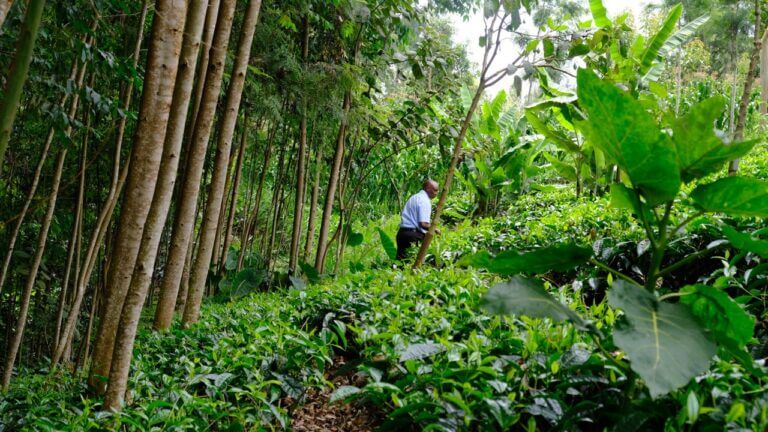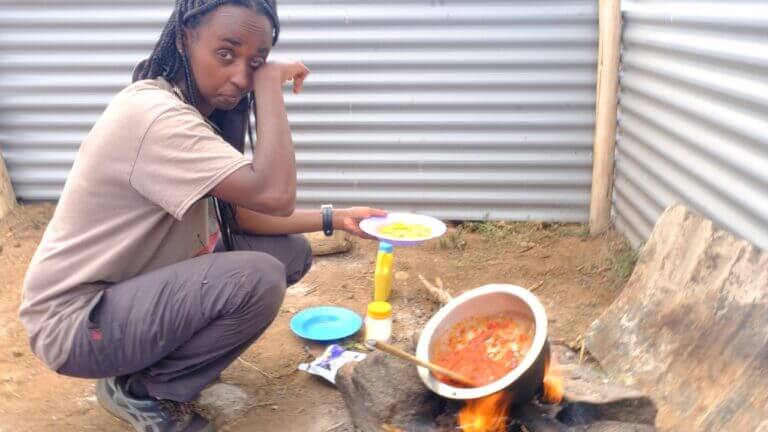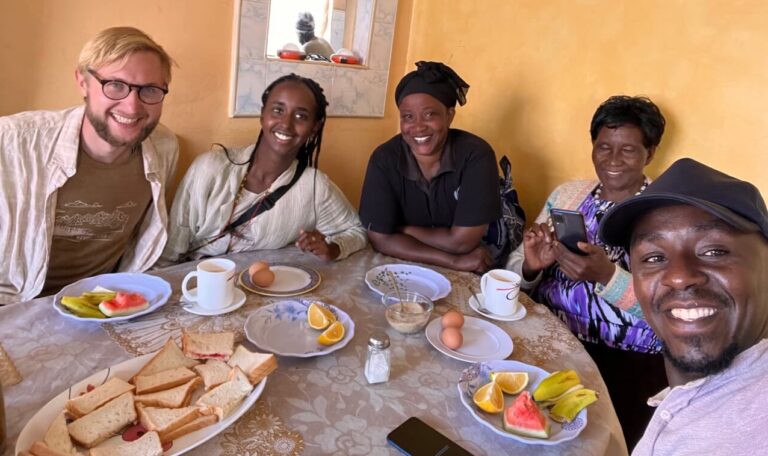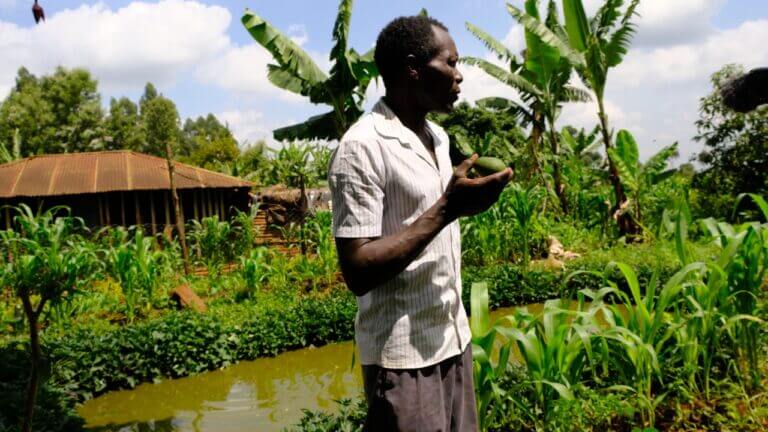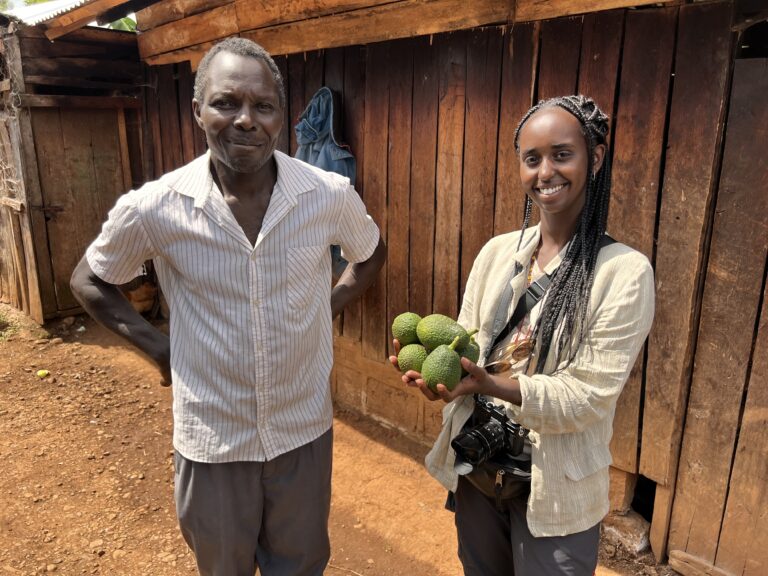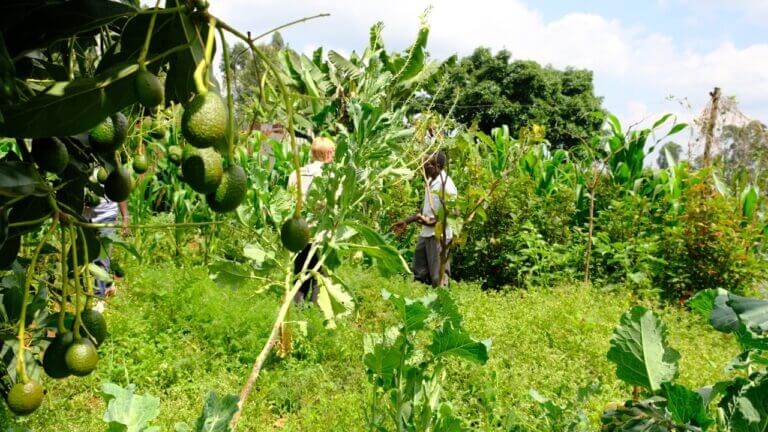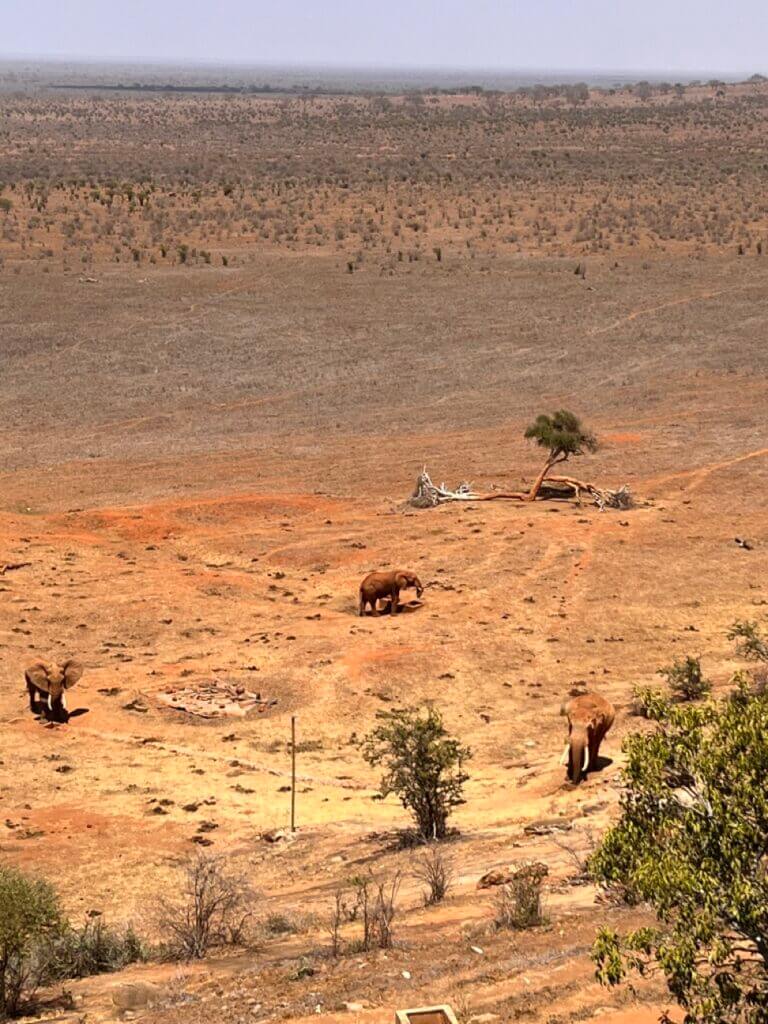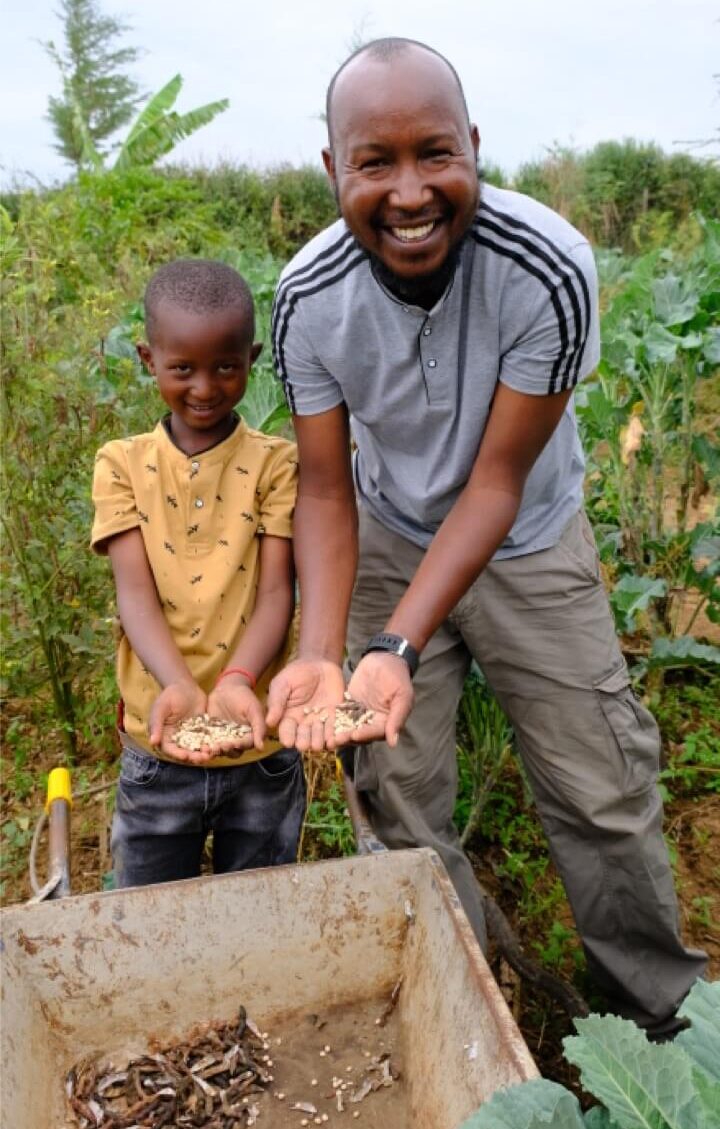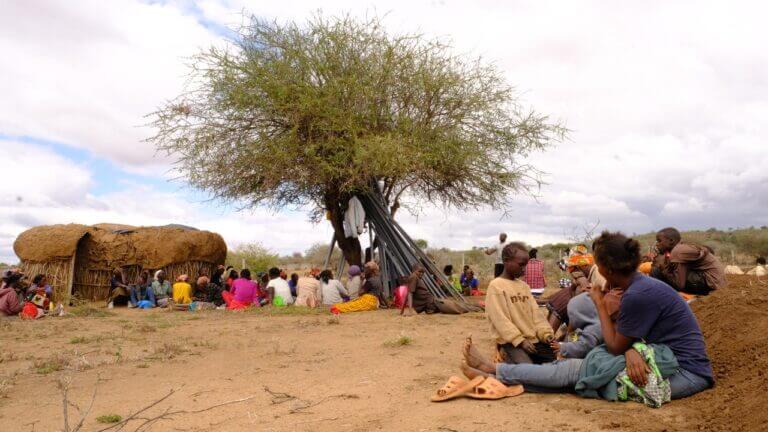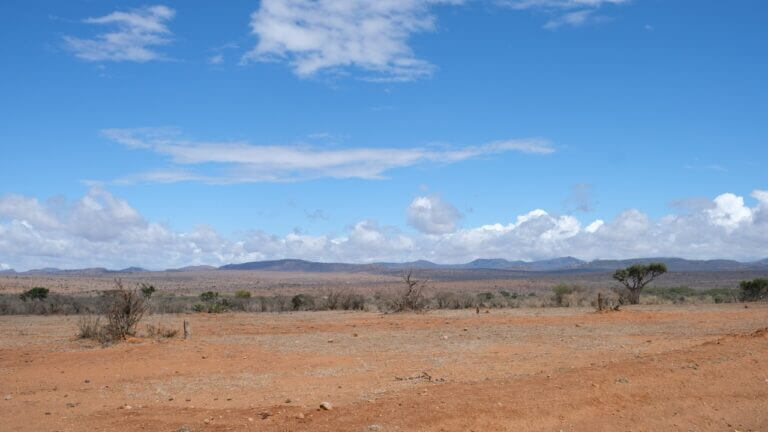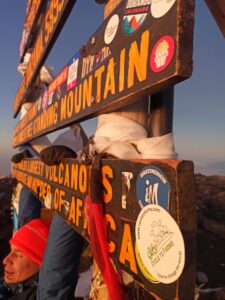Recently, we cycled across Kenya visiting a variety of farms, and we learned about how farmers cope with the effects of climate change through regenerative practices. In this blog post, we will share some of our learnings and experiences from the first few farms we visited.
Remember our very first farm visit in the Netherlands? That was a food forest inspired by farming practices in Kenya. This made us even more excited about our farm visits in Kenya.
Our first visit in Kenya was in Embu county. In the highlands of Embu mainly a combination of tea and coffee is cultivated while the lowlands of Embu are more focused on various cash crops such as maize, cowpeas, sorghum, beans, banana, tomatoes, and avocados. Most of the people we have met were hustling and doing many activities to ensure income streams. A great example is Pamela, a teacher and a farmer in Kanja town located at the foot of Mount Kenya. Pamela’s 7-hectare farm grows mainly tea, some coffee, banana, maize, and a variety of other crops. She is also experimenting with rabbit farming as they pay more than chickens. In addition in her small market garden she uses regenerative practices such as Zai-pits which is a small basin in which seeds or plants are planted to increase water infiltration in the soil. Pamela has planted corn symbiotically with green peas because of the mutual benefits. She explained that the peas provide large amounts of nitrogen for the corn. The corn creates a cool environment for the peas in the hot summer while the thick stalks make a natural and sturdy trellis. Pamela was particularly excited to show us the biogas instalment, which solved many issues such as the long hours of finding fire wood, deforestation, health problems. She explained that by having at least two cows and adding cow dung to the bio digestor once a day, she has enough biogas for three households. The leftover digestive has no smell and is used in her market garden as manure. A great solution especially after having some bad experiences with cooking on firewood and not being able to keep our eyes open due to the smoke. We asked our selves why is the majority then still using firewood? When asking this question to some of the farmers, we learned that the instalment of biogas is an expensive investment that would take 3-5 years to pay back.
During our visit to a farmer located near Pamela’s farm, we had the opportunity to try a variety of fruits and vegetables generously shared by him, such as passion fruits, carrots, sugar cane, sweet potatoes, and avocados. The avocados we tried there were probably the tastiest we had ever had. However, when we asked how much he sold them for, the reality was shocking. He responded that they were only 3 shillings each, which is equivalent to €0.022. This clearly showed us the problem of exploitation and underpayment of smallholder farmers in rural areas. It highlighted the importance of valuing the work of farmers and the need for a new economic system that does so. Reading Sacred Economics by Charles Eisenstein has been a great inspiration for us to start thinking and working on how we can allocate our efforts in supporting a new economic system that values people and our earth.
After visiting farms in Embu county, we continued our cycling journey to Laikipia county. In just a few kilometers, we experienced a completely different landscape and climate zone. While Embu county was characterized by a lush and humid landscape, Laikipia had a very dry landscape. We arrived at the Laikipia Permaculture Center (LPC) which helps surrounding livestock-dependent communities struggling with drought and erosion transition to sustainable farming practices.
Joseph, the founder of LPC, is an incredibly dedicated farmer and activist. He works with his team, 960 individual farmers, and 13 women’s groups, to construct model farms that demonstrate what people could produce in small plots of land to sustain themselves, without the need for any external inputs. During our one-week stay, we learned a lot about how they not only produce food but also make value-added products such as aloe soap, aloe-based cosmetic products, moringa powder, herbal teas, honey, cactus pear fruit jam, and even wine, which was extremely tasty.
The cactus fruit, also known as prickly pear or Opuntia, was introduced by British settlers in the 1940s, who brought the plant from Latin America as an ornament and as a way to fence their plots of land. However, in recent years the plant has become an invasive species that kills shrubs, plants, and livestock. Making value-added products out of this invasive plant helps the communities in the Laikipia region to earn additional income.
During our visit to one of the LPC model farms in Lekiji, we saw a plot of land surrounded by two ranches and two rivers (River Nanyuki and Ngare Nyiro). Before we arrived, we were warned about occasional wildlife crossing the road. Fortunately, we traveled with the LPC team by car (safety first!). As we got there, we met a large group of about 100 people working hard in the field. We soon learned that this group was a pastoralist community consisting of different tribes, ages, and genders. Although new to farming, most people were motivated and committed, arriving even earlier than the planned time to work in the field. Dedicated to restoring degraded soil to fertile soil and grow their own healthy food through regenerative practices. This will allow them to become independent from the market.
Our journey through Kenya was an eye-opening experience that taught us a lot about the regenerative practices used by farmers to cope with the effects of climate change. We saw how circular economy practices and biogas installations help sustain households, and how food forestry can inspire new farming practices. However, we also witnessed the exploitation of smallholder farmers and the need for a new economic system that values people and our earth. The Laikipia Permaculture Center was a beacon of hope for surrounding communities struggling with drought, erosion, and livestock-dependent economies, and we learned a lot about how they not only produce food but also make value-added products. We were inspired by the dedication of farmers like Pamela, who are constantly thinking of ways to progress further while coping with the effects of climate change. We hope that our journey through Kenya will inspire others to support regenerative practices and to value the work of farmers.
Thermowave provides us with t-shirts made of merino wool and bamboo. Through our travels, we have discovered that merino wool is ideal for both cold and hot climates, especially when engaging in physical activity such as cycling or working on the farm. It wicks away sweat easily, helping to keep us comfortable. Perhaps the most important feature is that during long trips, when we have only a few t-shirts, it controls odours and prevents smelly clothing.
We hope you enjoyed reading it! Help us to keep on going by pressing the donation button above. Thank you!
Aisha & Lukas



